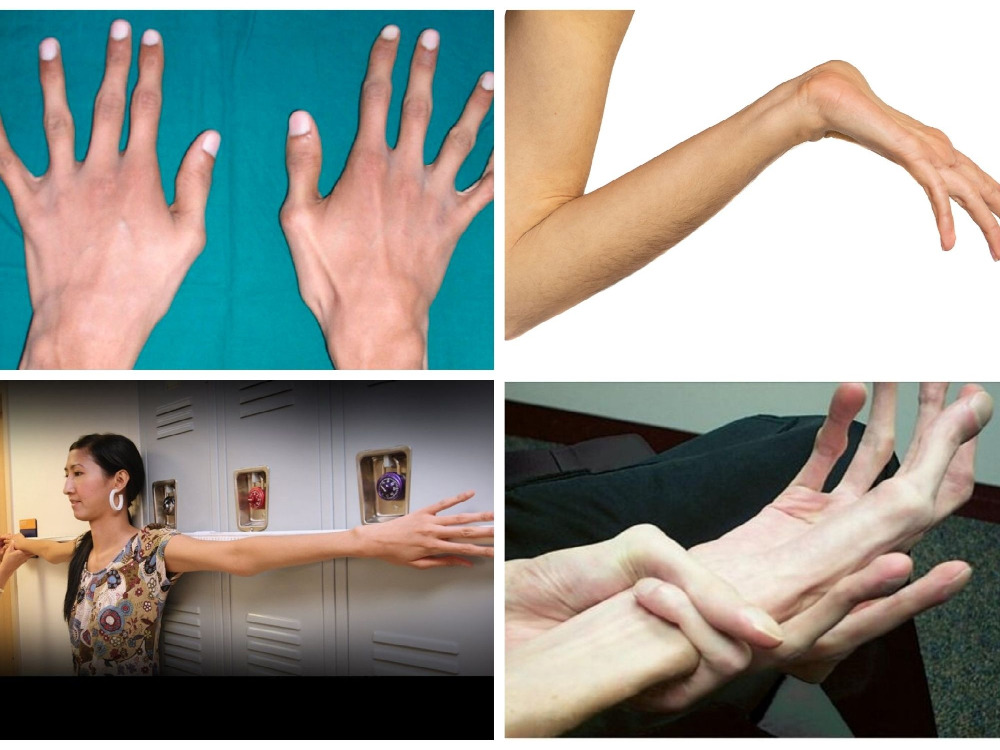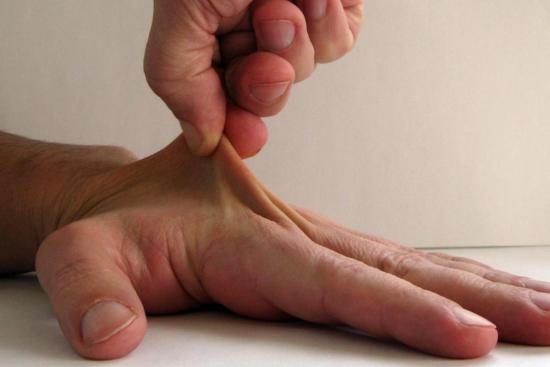Marfan syndrome is a rare genetic disorder that affects connective tissue, an essential component of the body that supports and structures various organs.
This complex condition requires multidisciplinary care and regular medical monitoring. Thanks to medical advances in Turkey, people with Marfan syndrome can now lead healthy, active lives.
- People with Marfan syndrome.
- It all depends on the treatment.
Best Clinics with Verified Reviews

- Multispecialized hospital
- 7 operating rooms
- Capacity é of 170 beds

- Multispecialized hospital
- Hospital founded in 2007
- Very good reputation in ENT department
Causes and symptoms of Marfan syndrome
Marfan syndrome is caused by a genetic mutation in the FBN1 gene. This gene is responsible for the production of fibrillin-1, an essential connective tissue protein.
Symptoms of Marfan syndrome vary from person to person and can occur at any age. They may include:
- Musculoskeletal abnormalities: tall stature, long fingers and limbs, scoliosis (lateral curvature of the spine),kyphosis, hernias, joint hyperlaxity (hypermobile joints),etc.
- Cardiac anomalies: dilatation of the aorta, arrhythmias, valvular heart disease, chest pain, shortness of breath.
- Eye abnormalities: nearsightedness, lens dislocation, retinal detachment.
- Spinal cord abnormalities: headache, back pain, neurologic problems.
- Fatigue, sprains, dislocations, elongated face, narrow palate, weak chin.

Diagnosis of Marfan syndrome
The diagnosis of Marfan syndrome is based on a combination of factors:
- Family history analysis.
- Clinical examination: search for characteristic physical signs.
- Genetic tests to identify the FBN1 gene mutation.
- Imaging tests to assess organ damage.
Analysis of all this information enables the doctor in Turkey to make a precise diagnosis of Marfan syndrome and determine the severity of the disease. A personalized treatment plan is then drawn up.
Regular medical follow-up
People with Marfan syndrome require regular medical follow-up. This includes :
- Clinical examinations: Periodic assessment of general condition, heart, eyes, and other organs.
- Medical imaging: Echocardiograms, MRIs and other tests to monitor the evolution of the aorta and other abnormalities.
- Genetic testing: Genetic counseling and screening for family members at risk.
In the event of pregnancy, careful monitoring is required for women with Marfan syndrome, particularly for the risk of aortic complications.
Aortic repair may be considered prior to pregnancy to minimize risk.
Treatment options for Marfan syndrome
There is no cure for Marfan syndrome, but there are treatments that can prevent or stabilize complications:
Medical treatment
Medical treatment for Marfan syndrome varies according to the individual needs of each patient. In general, it includes the use of:
- Beta-blockers.
- Calcium channel blockers.
- Antiarrhythmics.
- Diuretics, etc.
Surgical treatment
However, Marfan syndrome can be effectively managed by surgery.
Surgical interventions mainly target cardiac problems and skeletal malformations, making it possible to correct abnormalities and prevent serious complications.
Cardiac surgery
Cardiac surgery plays a crucial role in managing Marfan syndrome, particularly in correcting abnormalities of the aorta, the main artery that carries blood from the heart to the rest of the body.
Aortic surgery
Patients have three main options for aortic repair:
- Aortic repair: involves replacement of the ascending aorta: the procedure of choice to prevent aortic dissection, especially when the dilation reaches a certain diameter.
- David's technique: a conservative technique that preserves the native aortic valve and reduces the risk of postoperative complications.
- Aortic prosthesis: Replacement of the aorta with a synthetic prosthesis in cases of severe dilatation or aneurysm.
Valve surgery
This is an important step in the management of Marfan syndrome when the heart valves are affected.
There are two main types of surgery to correct valve abnormalities in Marfan syndrome:
- Aortic valve replacement: Replacement of the defective aortic valve with a mechanical or biological prosthesis.
- Mitral valve repair: Correction of a prolapsed or insufficient mitral valve to improve blood flow.
Other cardiac procedures
These include:
- Implantable cardioverter defibrillator (ICD) implantation: Preventing sudden cardiac arrest in high-risk patients.
- Removal of abnormal heart tissue: Removing areas of the heart with irregular heart rhythms.
Orthopedic surgery
Marfan syndrome can affect the skeletal system, particularly the spine and joints. Orthopedic surgery plays a critical role in correcting deformities and improving the quality of life for patients.
Scoliosis correction
Scoliosis correction includes:
- Vertebral fusion: This procedure aims to straighten the curved spine by fusing the affected vertebrae. Bone is grafted between the vertebrae to fuse them together and stabilize the spine.
- Insertion of metal rods: Metal rods are inserted along the spine to strengthen the fusion and keep the spine straight. These rods can be removed later if necessary.
Other orthopedic procedures
Other orthopedic procedures include:
- Cervical spine stabilization: Patients at risk for cervical spine dislocation may have surgery to stabilize the neck and prevent serious complications.
- Surgery to correct flat feet, improving the patient's posture and ability to walk.
- Joint replacement: In cases of severe osteoarthritis of the hips, knees, or other joints, prosthetic replacement may be necessary to relieve pain and improve mobility.
Postoperative preparation and recovery
Before undergoing surgery for Marfan syndrome, a thorough preoperative evaluation is necessary. This includes a complete medical check-up to identify and manage potential risks.
The choice of anesthesia technique should be based on the patient's condition and the type of surgery.
Postoperative care following surgical treatment for Marfan syndrome requires careful monitoring of the patient's condition. In some cases, an individualized physiotherapy program is required to promote recovery and mobility.
Advances in surgical techniques in Turkey, combined with a better understanding of the disease, allow patients to benefit from more precise, less invasive and more effective interventions, improving their vital prognosis and quality of life.
In Turkey, the decision to undergo surgery must be made on a case-by-case basis in consultation with the patient and a multidisciplinary medical team.
Management of Marfan syndrome in Turkey
Turkey stands out as a destination of choice for the treatment of Marfan syndrome. Our partner clinics offer recognized medical expertise through state-of-the-art technology and individualized treatment plans. They also have cardiologists, surgeons and other specialists who are highly qualified in the treatment of Marfan syndrome.
Personalized rehabilitation programs are also available to help Marfan syndrome patients regain their mobility.
At Turquie Santé, we guarantee you a warm and welcoming environment, conducive to a comfortable and healing rest.
Please do not hesitate to contact us if you have any questions or if you would like a personalized offer for your treatment.
Share this page







